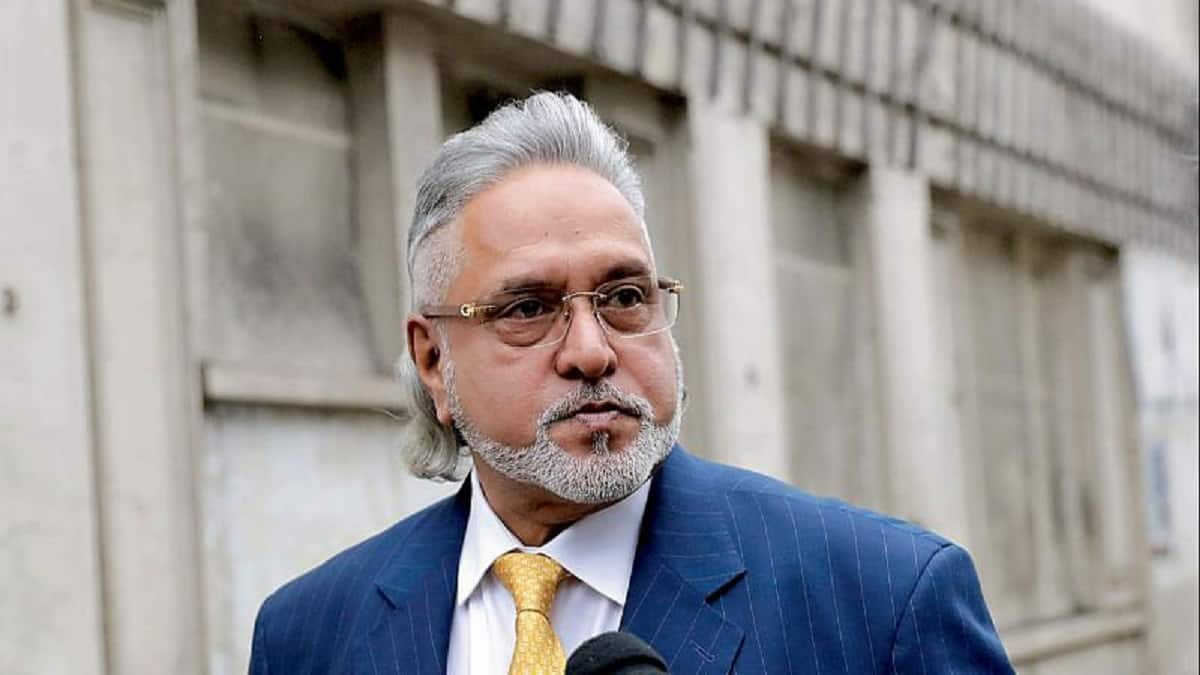
A POPULAR bank with millions of customers is a making a big change to accounts today.Monzo has reduced the interest rates on one of its savings accounts following a recent cut to the Bank of England‘s (BoE) base rate.AlamyThe bank is reducing the the interest rate on its Personal Instant Access Savings Pots[/caption]Earlier this month, the Bank’s Monetary Policy Committee (MPC) lowered the base rate from 4.
75% to 4.5%.The base rate serves as a benchmark for lenders when setting interest rates for both savings and borrowing.

While a reduction in the base rate often leads to lower mortgage rates – welcome news for homeowners – it can have the opposite effect for savers, as the interest earned on savings accounts may also decline.In response to the base rate adjustment, Monzo has announced a reduction in the interest rate on its Personal Instant Access Savings Pots.From today, the rate will decrease from 3.
60% AER to 3.35% AER.The Annual Equivalent Rate (AER) represents the total interest you could earn over a year, assuming you don’t make withdrawals.
A lower AER means savers will earn less interest over time, reducing the potential growth of their savings.The Personal Instant Access Savings Pots are a type of easy-access account that enables customers to save while providing immediate access to their funds whenever required.Many customers use these accounts to save for short-term goals, such as building an emergency fund or planning a holiday.
Monzo isn’t the only bank to adjust savings rates in response to the base rate cut, with other financial institutions also making changes in the wake of the MPC’s decision. Barclays slashed the rates on its Everyday Saver and Rainy Day saver accounts last week.HSBC is set to reduce the interest rates on its easy-access Premier Savings account twice in the coming months – first in February and then again in April.
Leeds Building Society, Leek Building Society, NatWest and Skipton Building Society are also planning to cut savings rates across more than 100 accounts in March.Rachel Springall, finance expert at Moneyfactscompare.co.
uk, said: “It’s so disheartening to see savings rates chopped in the last few days, but it just proves why savers are at the mercy of base rate cuts.“Not even challenger banks have been able to escape making cuts as the market sentiment for lower interest rates has taken charge.”That’s why ensuring you’re getting the best rate on your savings is crucial, especially when the Bank of England could make further cuts to the base rate later in March.
Rachel added: “Savers need to proactively keep on top of the best rates and review their pots regularly to see if they are getting a raw deal.“Now is an ideal time for savers to consider grabbing a fixed rate deal so they can get a guaranteed return on their cash.”Several challenger banks are still outshining well-known high-street brands, offering up to 8% returns.
However, these deals won’t last forever.How do I find the best savings rates?WITH your current savings rates in mind, don't waste time looking at individual banking sites to compare rates - it'll take you an eternity.Research price comparison websites such as MoneyFactsCompare.
co.uk and MoneySupermarket.These will help you save you time and show you the best rates available.
They also let you tailor your searches to an account type that suits you.As a benchmark, you’ll want to consider any account that currently pays more interest than the current level of inflation – 2%.It’s always wise to have some money stashed inside an easy-access savings account to ensure you have quick access to cash to deal with any emergencies like a boiler repair, for example.
If you’re saving for a long-term goal, then consider locking some of your savings inside a fixed bond, as these usually come with the highest savings rates.What are the top savings rates?The best fixed rate currently offered is ICICI Bank’s SuperSaver one-year fixed bond, which pays 4.65% and only requires a minimum investment of £1,000.
The best notice accounts offer slightly higher rates than the best fixed-term bonds.These also come with more flexibility when accessing your cash.Market Harborough Building Society’s 195 day notice account offers savers 4.
85% back with a minimum £10,000 deposit, for example.However, if you’re looking for a savings account without withdrawal limitations, then you’ll want to opt for an easy-access saver.These do what they say on the tin and usually allow for unlimited cash withdrawals.
The best easy-access savings account available is from Sidekick Money, which pays 4.75% – and you only need to pay a minimum of £1,000 to set it up.If you want to build a habit of saving a set amount of money each month, a regular savings account could pay you dividends.
Principality Building Society’s Six Month Regular Saver offers 8% interest on savings.It allows customers to save between £1 and £200 a month.Save in the maximum, and you’ll earn 27.
53 in interest.While regular savings accounts look attractive due to the high interest rates on offer, they are not right for all savers. You can’t use a regular savings account to earn interest on a lump sum.
The amount you can save into the account each month will be limited, typically to somewhere between £200 and £500.Therefore, if you have more to save, it would be wise to consider one of the other accounts mentioned above.SAVING ACCOUNT TYPESTHERE are four types of savings accounts fixed, notice, easy access, and regular savers.
Separately, there are ISAs or individual savings accounts which allow individuals to save up to £20,000 a year tax-free.But we’ve rounded up the main types of conventional savings accounts below.FIXED-RATEA fixed-rate savings account or fixed-rate bond offers some of the highest interest rates but comes at the cost of being unable to withdraw your cash within the agreed term.
This means that your money is locked in, so even if interest rates increase you are unable to move your money and switch to a better account.Some providers give the option to withdraw, but it comes with a hefty fee.NOTICENotice accounts offer slightly lower rates in exchange for more flexibility when accessing your cash.
These accounts don’t lock your cash away for as long as a typical fixed bond account.You’ll need to give advance notice to your bank – up to 180 days in some cases – before you can make a withdrawal or you’ll lose the interest.EASY-ACCESSAn easy-access account does what it says on the tin and usually allows unlimited cash withdrawals.
These accounts tend to offer lower returns, but they are a good option if you want the freedom to move your money without being charged a penalty fee.REGULAR SAVERThese accounts pay some of the best returns as long as you pay in a set amount each month.You’ll usually need to hold a current account with providers to access the best rates.
However, if you have a lot of money to save, these accounts often come with monthly deposit limits.What’s next for savings rates?Financial markets are exercising more caution regarding the pace of future interest rate cuts than previously anticipated.While economists still predict three further cuts by the end of 2025, reaching a 4% base rate, this projection coincides with a revised inflation forecast.
The Bank of England now expects inflation to peak at 3.7% later this summer, higher than earlier estimates.This upward revision is partly attributed to the impact of policies introduced in the October 2024 Budget.
Specifically, measures within the budget have contributed to a rise in cost inflation, pushing the overall inflation figure higher.This presents a complex situation for the Bank of England, as rising inflation typically warrants higher interest rates to curb spending and stabilise prices.The next interest rate announcement is on March 20.
If interest rates continue to fall, it spells bad news for savers, whose rates typically fall when the Bank’s rate is cut.However, in the meantime, opting for a fixed bond can be a useful bet to help ride out future cuts to the base rate..















